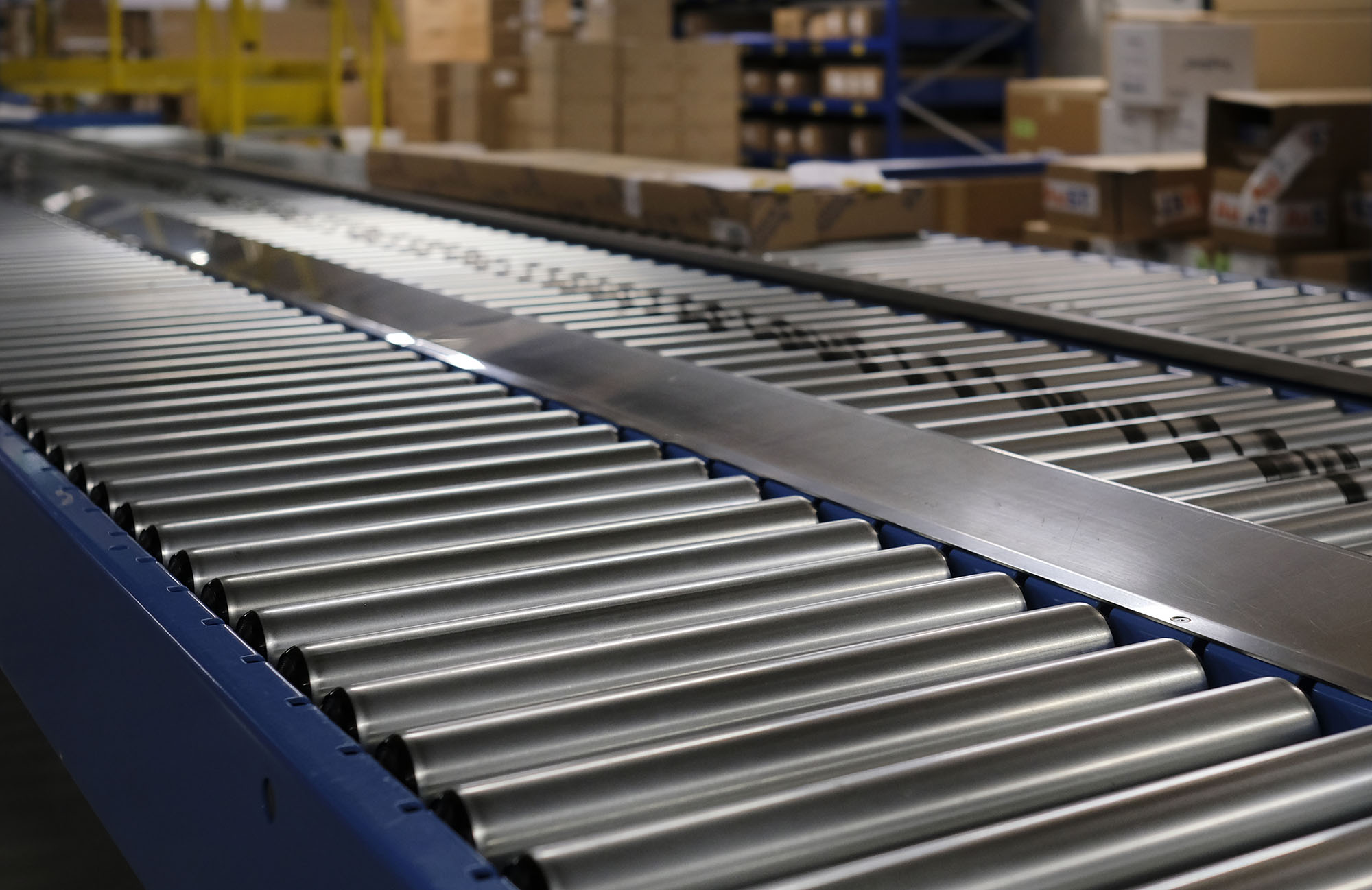Case Studies
 May Conveyor, Inc. Rapidly Modifies a Mismatched Belt to Resume Operations
May Conveyor, Inc. Rapidly Modifies a Mismatched Belt to Resume Operations May Conveyor, Inc. Expedites Special Material Procurement to Build a Custom Apron/Beaded Pan Belt
May Conveyor, Inc. Expedites Special Material Procurement to Build a Custom Apron/Beaded Pan Belt
Belt Types
Chip Conveyor Belts
Combination Belts
“Z” Apron Pan Belts
Steel Hinge Belts
Beaded Apron Belts
Specialty Engineered Belting
Parts
Steel Hinge Conveyor Belts 6″ & 9″ Pitch Belt Specifications
6″ & 9″ Pitch Chain Parts Layout
Part Number and Descriptions
Request a Quote
Interested in our Belts, Chains or Parts? Request a quote today.
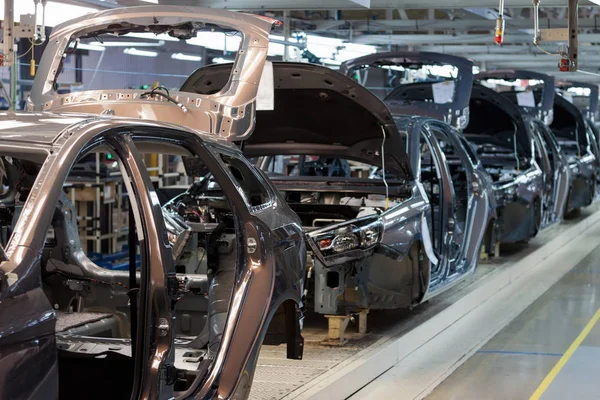
Precision Indexing Conveyors in Automotive Manufacturing
As detailed by Assembly Magazine in the article “How to Implement a Precision Indexing Conveyor in Automotive Manufacturing,” precision indexing conveyors play a key role in improving workflow accuracy and consistency. These systems allow components to move through production in controlled, repeatable steps, enabling precise placement, assembly, and inspection. This level of accuracy is crucial…

The Role of Conveyor Systems in the Automotive Industry
As explained by FasterCapital in the article “Conveyor Belts and Assembly Line and Automotive Industry,” conveyor systems have been fundamental to automotive manufacturing since the early days of the assembly line. By automating the movement of materials, conveyor belts enable faster production, consistent quality, and reduced manual labor. These systems streamline processes from parts transport…
How Conveyor Optimization Enhances Recycling Efficiency
According to ResearchGate in “Optimization of Recyclable Materials Collection on Conveyor Belts”, the efficiency of waste sorting and recycling heavily depends on how conveyor systems are designed and operated. The study explores strategies to optimize material flow, detection accuracy, and sorting performance, helping recycling facilities increase recovery rates while reducing operational costs. By integrating automation,…
Why Conveyor Maintenance Matters in Material Recovery Facilities
In “The Crucial Role of Clean and Operational Conveyor Belts in Materials Recycling Plants” by Hoverdale, maintaining conveyor systems is essential for efficiency and safety in recycling facilities. Carryback, blockages, and material buildup can significantly reduce throughput and cause unnecessary downtime. Regular cleaning and maintenance prevent system inefficiencies while extending equipment lifespan. Conveyor belt scrapers,…
Applications and Benefits of Belt Conveyors
As described by IQS Directory in “What Are the Applications and Benefits of Belt Conveyors?”, belt conveyors are among the most versatile and efficient material handling systems used across industries. They transport bulk materials and products smoothly and continuously, supporting industries such as mining, food processing, automotive, and packaging. The advantages of belt conveyors include…
Maximizing Efficiency in Recycling with Conveyor Technology
According to Recycling Inside in “Conveying and Feeding”, conveyor systems are essential to efficient recycling operations. They streamline material handling by continuously feeding recyclable materials into sorting, crushing, and shredding equipment, ensuring steady workflow and minimizing downtime. Modern conveying systems are designed for durability and automation, featuring sensors and variable-speed drives that optimize throughput. This…
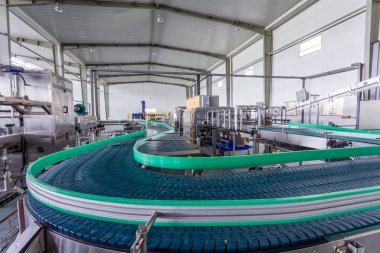
How Preventive Maintenance Extends Conveyor Life
As highlighted by Waste Advantage Magazine in their article “Sustaining Operations: The Comprehensive Guide to Conveyor Maintenance”, conveyors are the backbone of recycling and waste conversion facilities. They keep materials moving through sorting, separation, and disposal processes, but their constant exposure to dust, debris, and abrasive materials makes maintenance essential. Without a robust strategy, conveyors…
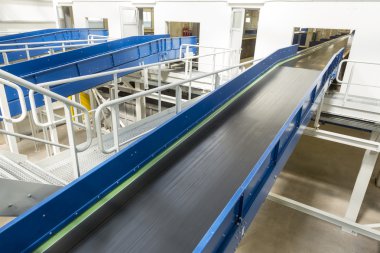
Understanding Conveyor Systems for Modern Operations
As explained by Production Resources in their guide “What Is A Conveyor System?”, conveyor systems are among the most widely used tools in modern material handling. By moving items efficiently from one location to another, these systems reduce manual labor, improve workplace safety, and optimize productivity across industries such as manufacturing, packaging, and logistics. Conveyor…
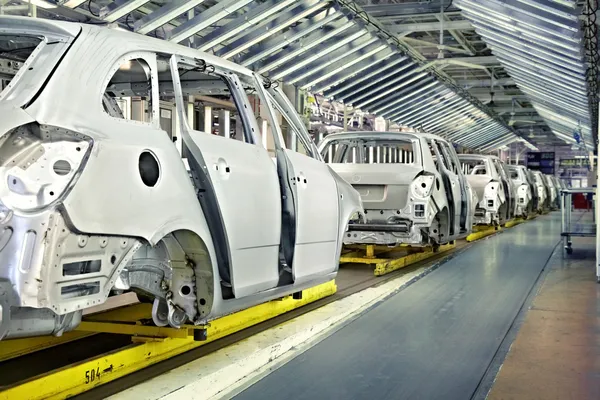
Modern Insights on Assembly Lines and Conveyors
As detailed by Progressive Recruitment in their article “The Modernization of Assembly Lines and Conveyor Systems”, the assembly line has long been a cornerstone of manufacturing. While its roots trace back centuries, it was Henry Ford’s innovations that truly transformed production. By integrating conveyor systems, Ford introduced a process where workers stayed in one place…
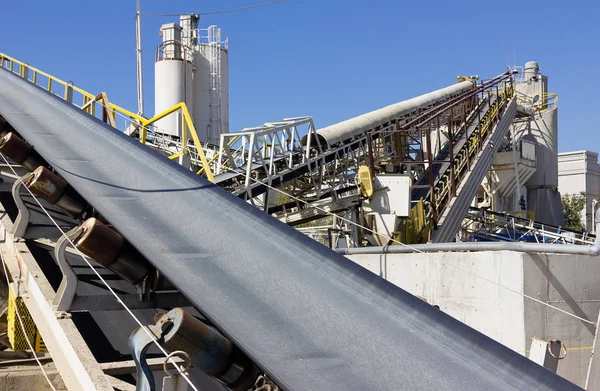
Conveyor Belts: Driving Growth in Mining Operations
As outlined by Market Research Future in their report “Conveyor Belt in Mining Industry Market Overview”, conveyor systems continue to play a vital role in the global mining sector. Demand for conveyor belts is growing steadily due to their ability to transport large volumes of material efficiently while reducing labor costs and improving operational safety.…
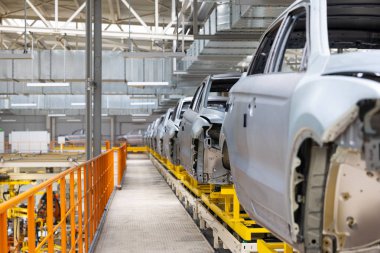
Conveyors in Automotive: More Than Just Moving Parts
In Automotive Manufacturing Solutions’ article “Keep on Rolling,” the long-standing role of conveyors in automotive manufacturing is explored through the lens of history, innovation, and operational flexibility. While conveyors may appear to be a basic tool, they remain central to vehicle assembly, especially in large-scale operations. From their early use in Henry Ford’s factories to…
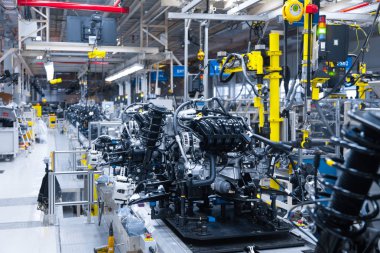
Conveyor Innovation in Automotive Manufacturing
According to Shuttleworth’s article “Automotive & Machining Conveyor & Handling System Solutions,” the automotive industry relies on advanced conveyor technologies to manage production speed, part quality, and gentle handling of delicate components. These systems are not just robust—they are designed for precision, flexibility, and efficiency. By integrating Slip-Torque technology, low line pressure accumulators, and custom…




